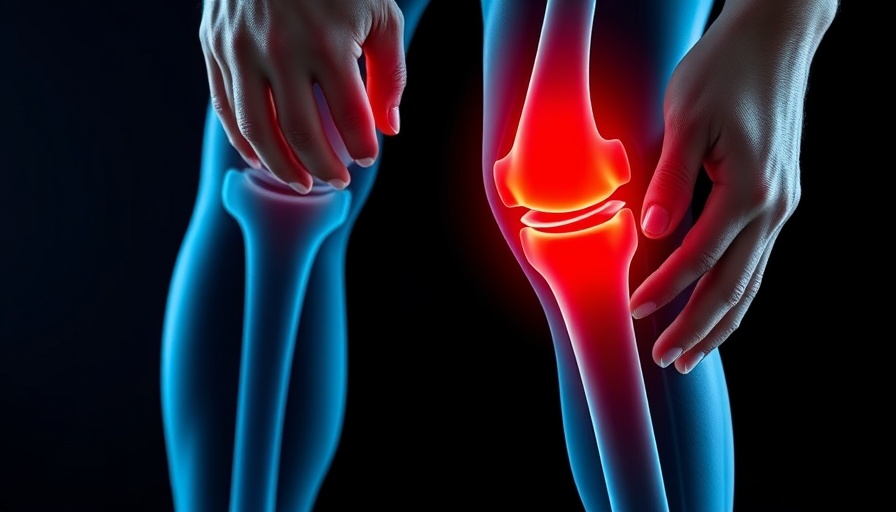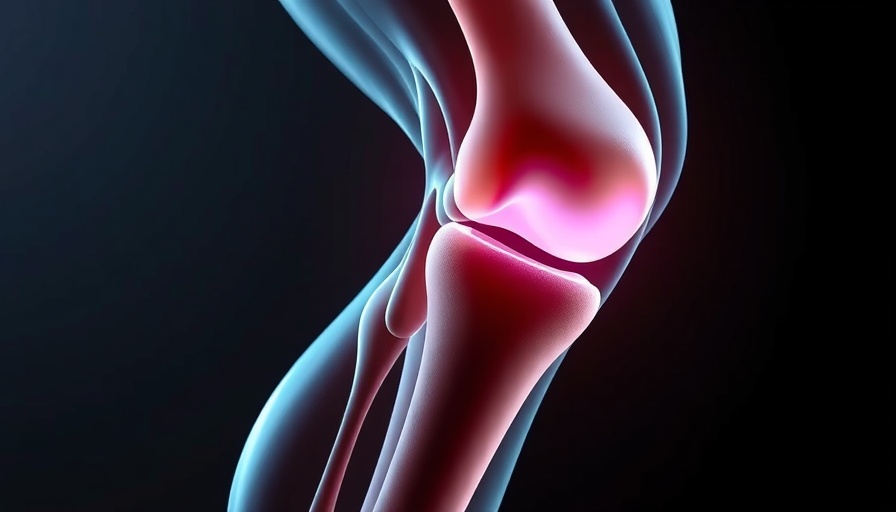
Understanding Dry Eye: An Overlooked Epidemic
Imagine waking up every morning with a gritty, sand-paper sensation in your eyes. For millions of adults in the U.S. and Europe, this is a daily struggle. Recent findings highlight that over half of adults experience dry eye symptoms, yet a significant number remain undiagnosed and untreated. The stark reality is that many people quietly endure discomfort, often dismissing it as an inevitable part of aging.
The Drip of Reality: What Causes Dry Eye?
Dry eye occurs when the eyes do not produce enough tears or when the tears evaporate too quickly. Factors such as age, prolonged screen time, and environmental elements can aggravate the condition. The NESTS study clearly underscores a crucial point: many adults fail to recognize dry eye as a legitimate medical issue, leading them to forgo seeking help. This prevalent misconception can prevent timely and effective interventions that could drastically improve their quality of life.
Stigma and Misunderstanding: The Barrier to Treatment
Research indicates that a considerable percentage of people believe dry eye is just a natural aspect of getting older, which can be misleading. Dr. Piotr Wozniak, a renowned refractive surgeon, cites that many individuals are not motivated to seek treatment, viewing their discomfort as something they must simply endure. The fact that nearly one-third of patients wait over five years before seeking assistance is alarming. By doing so, they risk progressing towards chronic inflammation and other serious issues that could enhance their discomfort.
The Ripple Effects: Impact on Daily Life
Living with untreated dry eye symptoms can significantly curb daily activities, from driving to working and even social engagements. The NESTS survey revealed that more than 17% of sufferers avoided driving at night, while 15.2% adjusted their climate control preferences due to discomfort. These small yet significant adaptations illustrate the pervasive influence of dry eye on daily routines and personal autonomy.
Simple Solutions: How to Regain Control
It's crucial to acknowledge that effective treatments exist. Over-the-counter artificial tears and moisturizing drops can often provide immediate relief. However, awareness and proactive measures are key to addressing this issue. As the study suggests, patients should consider consulting healthcare providers for symptoms they might have dismissed as trivial. Whatever the severity, there is a world of comfort readily accessible, waiting for those who take the first step toward treatment.
Community Awareness: Spreading the Word
Communities play a vital role in promoting awareness for conditions like dry eye. Grassroots initiatives can help educate individuals about this common yet frequently overlooked condition. Local health seminars, newsletters, social media campaigns, and even storytelling can shed light on the silent suffering of many. Sharing personal anecdotes can create empathy and encourage those affected to seek solutions.
Looking Ahead: The Future of Dry Eye Solutions
As we become more aware of the prevalence of dry eye conditions, there is an opportunity for innovation in treatments and communication strategies. Emerging research continues to refine our understanding of the causes and treatments available for this condition. With increased advocacy, we can expect a future where fewer individuals suffer in silence and more can enjoy uninterrupted comfort in their daily activities.
Take Action: Don't Suffer in Silence
If you or someone you know has struggled with dry eye symptoms, seek help today! Early diagnosis can lead to effective treatment options that significantly improve quality of life. Share this information within your community, and encourage conversations that can lead to timely aid and relief!
 Add Row
Add Row  Add
Add 




Write A Comment